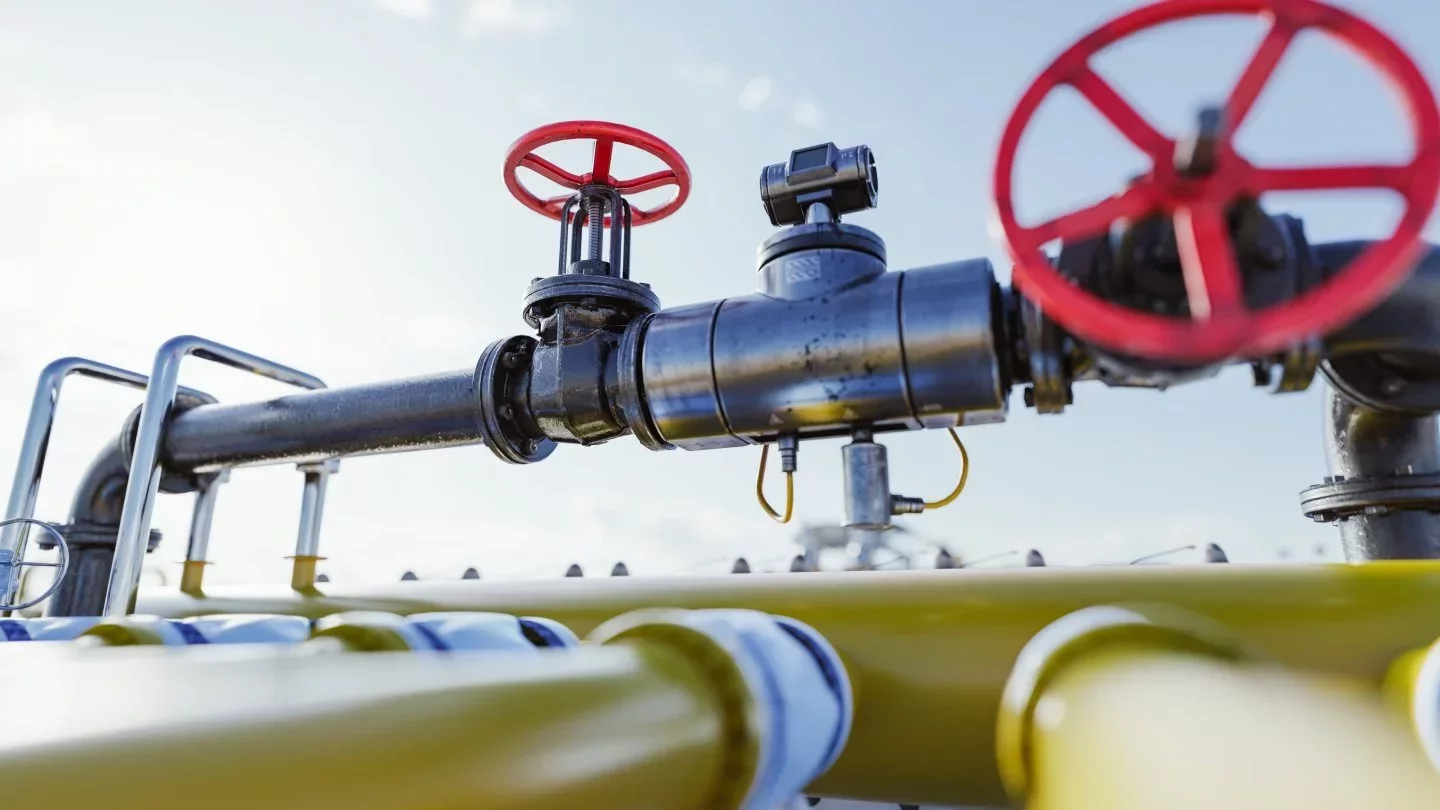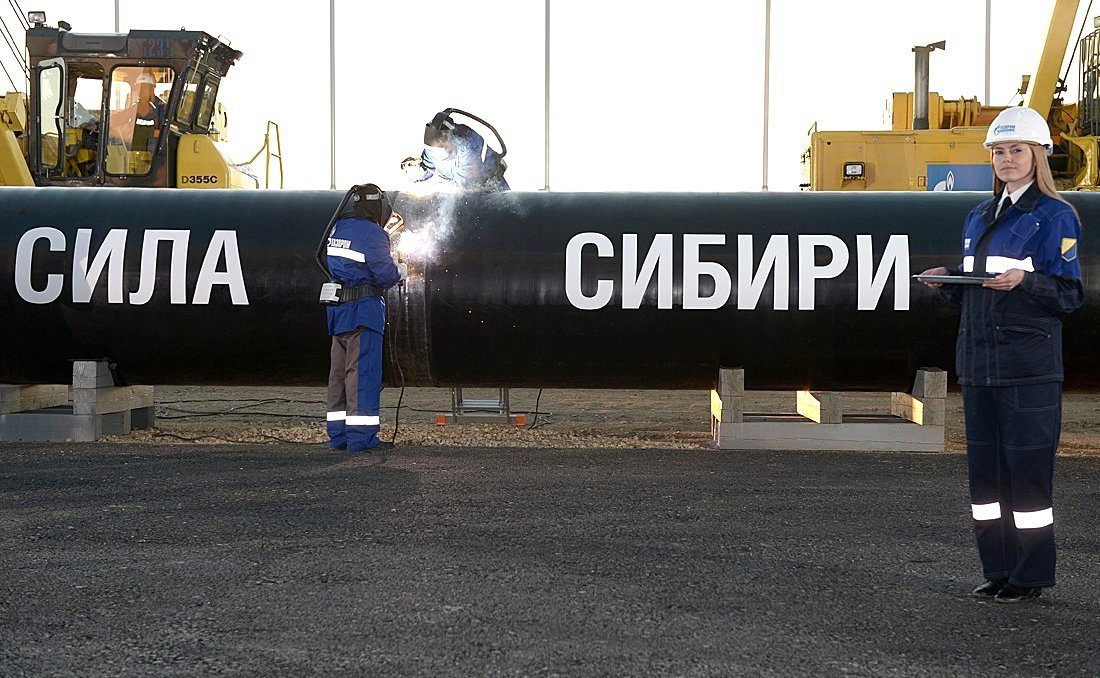Russia Proposes New Gas Route through Kazakhstan - Kommersant
 Photo: Elements.envato.com
Photo: Elements.envato.com
The route could become an alternative to the discussed Power of Siberia 2 project through Mongolia, Orda.kz reports, citing Kommersant.
Russia proposes three options for building the gas pipeline.
The first option is to revive the Altai project, postponed in 2016. Previously, it was considered the main route for Russian gas supplies to western China, with a minimum length of 2.6 thousand kilometers from Yamal to Altai.
In this case, Kazakhstan would have to build a gas pipeline to gasify the Pavlodar, Abay, and Qaraganda regions.
The second option is a more complex route through the eastern regions of Kazakhstan, including the Abay and Jetisu regions, with a connection to the Chinese West-East gas pipeline system in the Khorgos area.
This route, an adjustment to the Altai project, would be more beneficial for Kazakhstan. Gazprom and China's CNPC would bear the bulk of the construction costs, minimizing Astana's financial burden.
The third option is to switch the Central Asia-Center gas pipeline system to a reverse mode using swap deliveries involving Kazakhstan and Uzbekistan.
This approach would be the most advantageous for Gazprom: it would provide flexibility and reduce capital expenditures in the context of high interest rates. However, it would increase operating expenses.
At the forum “Sprouts: Russia and China – Mutually Beneficial Cooperation,” Russian Deputy Prime Minister Alexander Novak noted that the gas pipeline project through Kazakhstan is only in development.
So far only as an idea that is being discussed, Novak emphasized.

The gas pipeline's capacity is expected to be 35 billion cubic meters for China and 10 billion cubic meters for Kazakhstan. Implementing the project costs more than five trillion tenge. However, if Kazakhstan also invests in the construction, Gazprom's costs could be reduced to four trillion tenge.
The gas pipeline could be launched by 2029 and reach full capacity by 2034.
Meanwhile, Igor Yushkov, an expert at the Financial University under the Government of the Russian Federation, highlights Kazakhstan's need for more gas in the coming years.
Yushkov cautions that gas production in Kazakhstan is not growing with increasing consumption.
The country may have to import more Russian gas in a year or two. Therefore, it would be advantageous for Astana if the gas pipeline passed through Kazakhstan and branched out to the regions to meet domestic demand.
Yushkov believes that an alternative solution could be to use the existing infrastructure of the Central Asia-China gas pipeline, which is underutilized by a quarter.
But in this case, the Russian company will have to pay for gas transit through someone else's pipeline, and disputes may arise over its cost. In addition, Russia and China have fewer pressure levers on Astana than on Ulaanbaatar, adds the expert.
These factors, coupled with political risks, are likely to play a role in any decision.
The delay in negotiations is linked to China's concerns about cooperation with Russia amid its worsening relations with Europe, emphasizes Igor Yushkov.
Today, the main flow of Russian gas to China goes through the Power of Siberia 1, with a total capacity of 38 billion cubic meters per year.
Protracted negotiations on the Power of Siberia 2 through Mongolia and a possible decline in gas demand in China after 2040 are forcing Russia to seek alternative routes.

Yushkov thinks Beijing is still keen on new supply routes, especially given the growth of gas imports by an average of 12% per year over the past decade. Line D, which Turkmenistan would supply, is another potential option. Last year, reports emerged that China favored it.
Regardless, the two options won't necessarily compete, considering that Line D and Power of Siberia 2 were initially designed to supply different areas of China.
Beijing is still likely seeking more favorable conditions, taking advantage of the decline in Russian gas exports to Europe.
The new route through Kazakhstan could be both an alternative and a complement to the Power of Siberia 2 project. Due to uncertainty over gas demand in China and global energy changes, Russia seeks to diversify supplies and strengthen its position in the Asian market. However, such goals will hinge on whether all parties agree and are ready for a long-term partnership.
Earlier we wrote that Kazakhstani gas worth almost two trillion tenge will be sold to the China.
Original Author: Alina Pak
Latest news
- Citizen of Kazakhstan Fined in Russia After Forcing Anti-War Message on St. Petersburg Radio
- Criminal Case Opened Against KazTAG Leadership
- East Kazakhstan Transport Department Head Resigns Amid Corruption Probe After Bridge Collapse
- Toqayev Meets EEC Chair Sagintayev Ahead of Upcoming Eurasian Summit
- Apple and Google Warn of State-Backed Cyberattacks Targeting Users in 150+ Countries
- Kazakhstan: FMA Uncovers Illegal Online Casino Scheme
- Kazakhstan Exporters Sound Alarm as KTZ Imposes Over 20 Rail Transport Bans
- Lawyer: House Arrest Prevents Orda.kz Head Bazhkenova from Defending Herself in Court
- KTZ, Uzbekistan Railways Expand Grain Transit Amid Border Congestion
- Shymkent Military Court Sentences Fuel Depot Chief to Nine Years in Prison
- Let’s Install a Thousand Towers! How Environmentalists Propose to Clean Almaty’s Air
- Armenia Releases Former “Golos” Coordinator Wanted Under Russia’s Foreign-Agent Law
- Kadyrov Calls Russian Strikes “Response” to Grozny City Complex; MoD Makes No Direct Mention
- Kazakhstan Seeks Solutions to Ease Pressure on Uzbek Terminals Amid Export Surge
- Georgia’s Security Service Says No Evidence of “Kamit” After BBC Report
- Kadyrov Confirms Drone Damage to Grozny City
- Russia Temporarily Blocks Kazakhstan's Grain Transit, Threatening Flax Exports to Europe
- Assets of Businessman Dulat Kozhamzharov Seized Following Halyk Bank Claim
- Georgian Opposition Calls December 6 March Over Alleged Use of Chemicals at 2024 Protests
- Severe Smog Covers Oskemen

